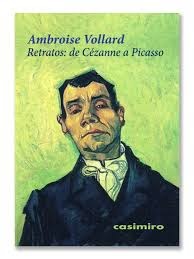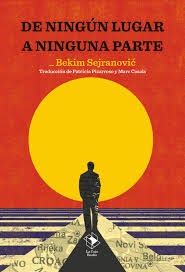About the book
Arsuaga, the most important scientific communicator in Spain, in his maximum splendor.
The first book on the evolution of human anatomy, which unites science and art.
Seven million years of evolution.
AUTHOR’S NOTE
Juan Luis Arsuaga
«We are a prodigy of biological design. And the reason is that, as Descartes and his colleagues knew, our body is a perfect machine.
If we are already amazed by animal and human anatomy, it is even more impressive if we find out how it has evolved and how it has differentiated itself from the rest of the creatures, starting with our closest relatives: the great apes.
My purpose in this book is to explain the human body (we all have one) from the perspective of that improbable artist who is evolution, a great sculptor of bodies, all of them beautiful, all of them perfect.
This book explains that our body is a marvel of biological engineering, which barely consumes energy when walking and running. That’s why we can travel long distances. That’s why it’s so difficult to lose weight. We are the walking species.
One of the originalities of Our Body is the setting in which the book takes place, the Prado Museum, because it is there where we can see the human body naked and glorified by art.
Most humans believe that our bodies are not beautiful compared to those of animals. On the contrary, the perspective of this book is the Greek one, the exaltation of the human body through art. It is an Epicurean point of view, the cursed philosophical doctrine that today is however fashionable under another name: “healthy living.” The search for happiness necessarily involves understanding that we have a body, that we are a body. How could we have forgotten it?
Everyone has a body that carries them and brings them. It doesn’t hurt that we know him.”
In the Prado Museum, a scientist tours the body of the Diadumeno by Polycleitus. In its anatomy you can read an evolutionary history of seven million years. In the next room there is a somewhat later sculpture that shows the naked body of the Dolphin Venus, the Hellenistic canon of feminine beauty. The scientist appreciates the differences between the two and wonders about their meaning.
Based on the observation of the human body through art and his knowledge as a paleontologist, Juan Luis Arsuaga invites us to discover in a simple and enjoyable way the wonders that make up the human body and how and why they have evolved over the centuries. centuries. “What I have proposed to write is not a systematic, exhaustive treatise full of pictures of the human body for the use and consultation of doctors, physiotherapists, plastic artists or athletes, but rather scientific literature.”
With his lucid, fun and ingenious gaze we will travel to the past to get closer to that great unknown, our body. Because each and every part of the human body is a prodigy of evolution, that improbable artist, great sculptor of bodies, all of them beautiful, all of them perfect.
«The human body has been built in the course of the history of the species without there being a plan, a sketch, or a model, without even a purpose, our journey through the human body will necessarily have to be evolutionary and also comparative: asking ourselves what our ancestors were like and how we are different from other animals. That is, a paleontology and a natural history.”
Science, art, philosophy and literature are mixed in this book to provide the reader with the keys to understanding the human body from a humanistic perspective.
Whenever he has the opportunity, Juan Luis Arsuaga visits the Prado Museum. He begins the journey through Greco-Latin sculpture since he considers that the Greek ideal should continue to be our inspiration for what we can become in the future. Whenever someone asks him for advice on how to navigate the museum and what works he selects, he always tells them to start with the classical canon, the Diadumenus of Polykleitos.
“It is the classic canon of male beauty, and yet until Darwin came along, no one knew that the authentic human body made of flesh that the marble Diadumenus exalts has been carved by an enormously slow artist who took millions of years to complete his work. ”
Thus, two millennia after they were carved, the classical sculptures of the Prado Museum serve as models in this exciting journey through the human body. We will start with the lowest part of our anatomy, the one that touches the ground, but not the least important for the primate that one day stood up and started walking.
The book is structured in three solid and closed parts: From the waist down, From the waist up y From the neck up. In this order, from bottom to top, from the foot to the brain case, Arsuaga names and lists muscles and bones in a scientific way, while exposing his own reflections and accompanying the most technical concepts with simplified explanations that speed up understanding. .
«Stand in front of the mirror with your torso naked. You may not see anything in the belly area, just a plain belt of fat. If that is your case, you will not be able to observe the muscles of the abdominal region that I talk about in this chapter and you will have to study them in more athletic bodies or in Greco-Latin sculptures (as I do, in case it’s any consolation). The muscles are “under there” anyway.”
- Chapters include QR codes which sometimes refer to scientific images, but other times refer to works of art, especially classical sculptures of the Prado Museum.
- Our body It is also a book beautifully illustrated by Susana Cid with conceptual images that portray even the smallest detail of the anatomy. Are illustrations are inspired by works of art of the most diverse, so that the reader learns the anatomy of the human body through representations of the sculpture of the Greek god Poseidon, from the famous painting by The three Graces of Rubens, of the statue of Neptunefrom Dolphin Venus or of Adam by Albrecht Dürer.
Source: https://algunoslibrosbuenos.com/nuestro-cuerpo


